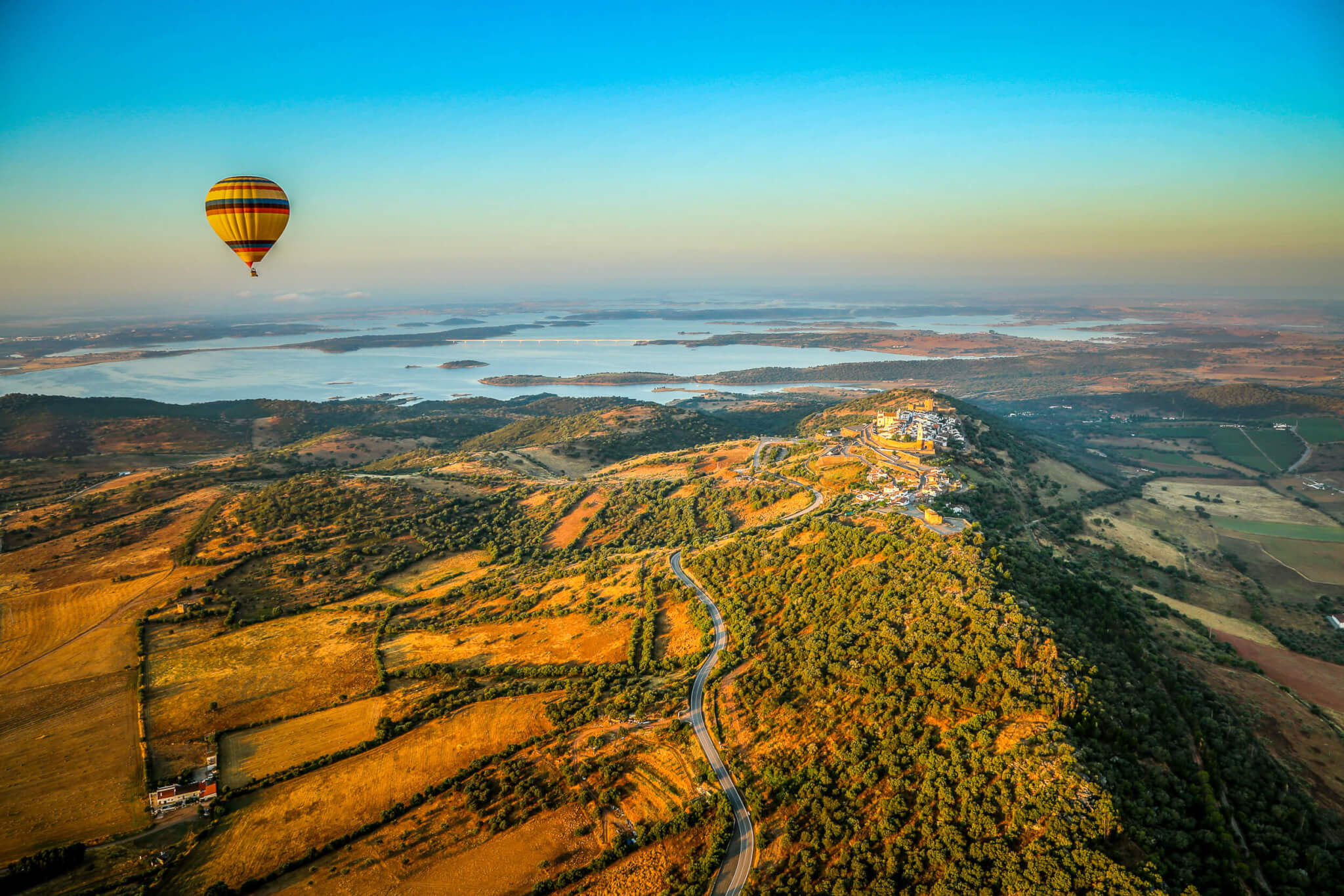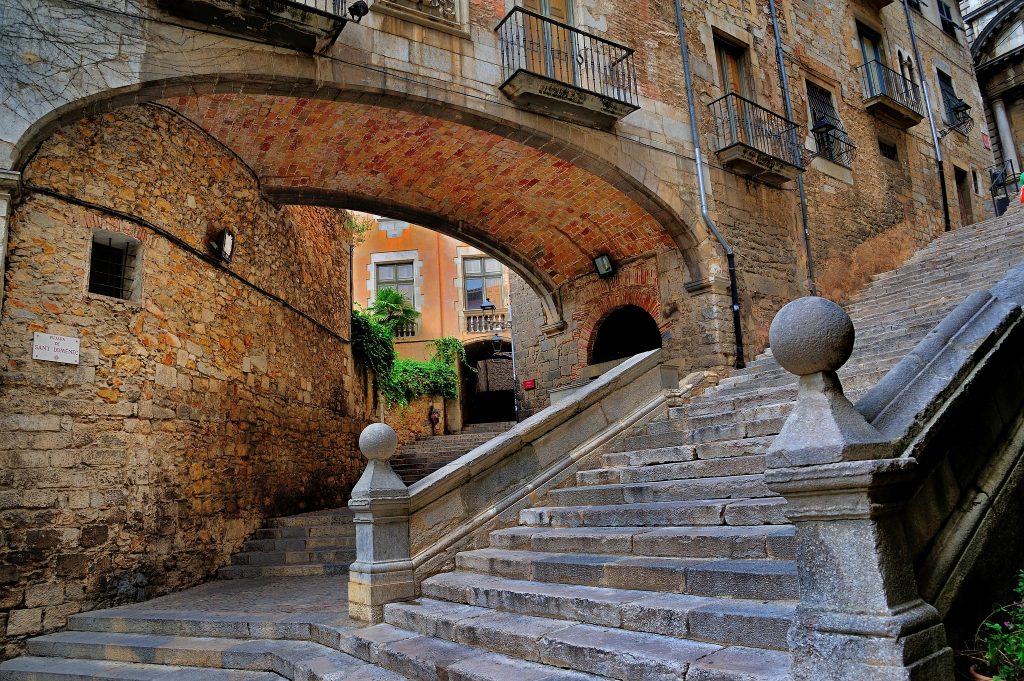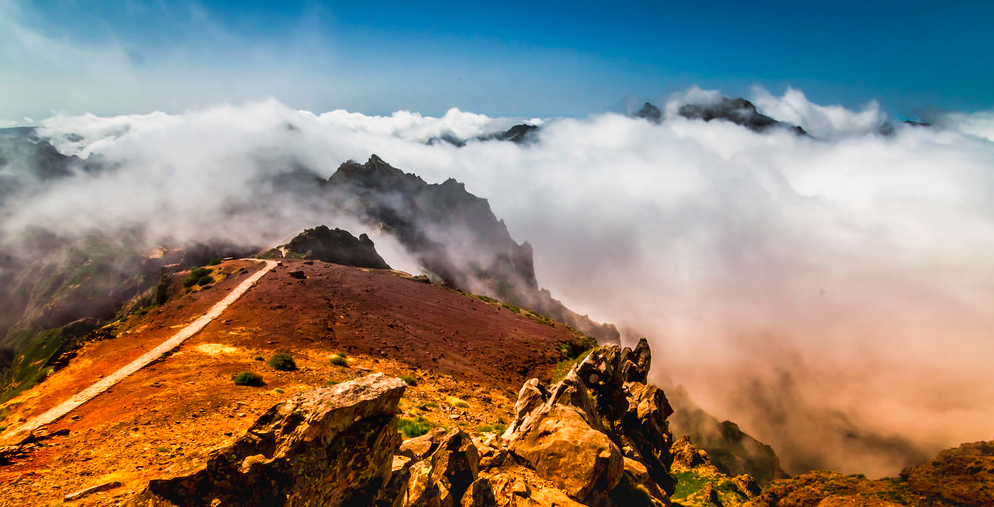The Gastronomical Bounty in Castilla y León: Asados, Embutidos, Quesos and More
 My entire life has been surrounded by food. The rich smell of simmering meat and the pop of an uncorked wine bottle take me back to family gatherings spent huddled in the kitchen listening to heartfelt laughter among people I love. I equate food to family, to history and to culture. Here in Spain, I have been blessed with a bounty of incredible ingredients, most of which are picked fresh and harvested locally. And although most ingredients are relatively the same throughout the peninsula, each region expresses their own cultural uniqueness by the way in which they prepare, serve and consume each dish.
My entire life has been surrounded by food. The rich smell of simmering meat and the pop of an uncorked wine bottle take me back to family gatherings spent huddled in the kitchen listening to heartfelt laughter among people I love. I equate food to family, to history and to culture. Here in Spain, I have been blessed with a bounty of incredible ingredients, most of which are picked fresh and harvested locally. And although most ingredients are relatively the same throughout the peninsula, each region expresses their own cultural uniqueness by the way in which they prepare, serve and consume each dish.
Last week, I spent 4 days visiting Castilla y León, and despite its relatively small size in comparison to the country as a whole, there is an incredible variety of cuisine. In part, this diversity is based on ethnographic factors that are dependent on whether it’s a mountain agriculture, cereal producing, market gardening or grazing area. Drive through Castilla y León for any length of time, and the proof of regional diversity can easily be seen in the landscape alone. From high mountainous landscape in northwest corner near Bierzo, to the absolutely flat cereal producing region near the city of León, Castilla y León boasts of an incredible diversity of ingredients.
Additionally, as it is optimally located in the center of the country, Castilla y León has the benefit of adopting and manipulating cuisines of bordering territories such as Portugal, Galicia, Rioja, Extremadura, Asturies and Aragón. However, it’s not only its neighboring countries which have influenced their cuisine. Look back a few hundred years, and you’ll notice the evidence of Arabic, Jewish and Christian cultures which have contributed their own traditional recipes into this vast fusion of individually characterized recipes.
Roasted Suckling Lamb, Pig and Kid
Despite my prior assumption that we would be eating these wee little creatures for breakfast, lunch and dinner, I’m thankful that this was not the case. Not that I don’t enjoy an asado (roast) of suckling pig (cochinillo), lamb (lechazo) or kid (cabrito), but after my first experience in Segovia when the waiter used the side of the plate to dissect the entire 3 month old animal in a matter of seconds, I’ve found the dish to be little off-putting to say the least. However, roasted suckling lamb, pig and kid are the traditional dishes of the region, and one that I would highly suggest trying if you get a chance. The meat is so incredibly tender and soft that it literally falls off the bone on its own accord, and when complimented by its crisp and savory skin, many attest to it being some of the most sumptuous and delicious meat they’ve ever experienced.
Similar to the rest of Spain, Castilla y León can attest to some of the richest and most delectable cured meats and sausages in the world. It is rare to have a meal without the famous cured black-footed pig called, jamon iberico, as a starter. But what I found interesting, is that we rarely were we served the jamon in fine, almost paper like, strips – a cut I generally associate with this style of cured ham. Instead, they were generally thicker with a denser, and chewier, texture to them. But consider this fair warning: upon first bite, this type of meat can be madly addicting.
Another traditional cured meat is called, cecina, a salted and spiced dried beef common to cold, dry mountainous areas. Although occasionally used in cocidos, or soups, we were served it cold and cut into thin oval strips, which lended itself to a savory and rustic flavor that paired beautifully with a glass of crips and vibrant Verdejo.
Morcilla, cured blood sausage, was also a very common dish served at most of our meals. But while much of Spain serves it in its traditional sausage form, with a slightly crispy exterior and soft sumptuous interior, we were generally served it in a large, black, inky mound. Depending on the ratio between egg and morcilla, it was either fluffy with a soft, creamy texture or denser, like a hard scrambled egg. The best morcilla I tasted was at Restaurante Imprenta Casado in León, where the morcilla was given the perfect amount of spice (an uncommon treat in Spain) and flavor to literally make my knees buckle while sitting – wrap your brain around that image! Additionally mouthwatering and incredible was their traditional cow tongue plate that was served warm in thin round slices with a slightly crispy skin. For someone who generally avoids all internal organs, or muscles related to chewing, I magically consumed enough for two!
First off, allow me to warn you that there are some god awful examples of bread in this region. Hard as a rock, with an airy and powdery fine interior, I would highly suggest you turn these little bombshells of flour into croutons then ever letting them onto your guest’s plate. From Valladolid, in the center of Castilla y León, straight west to Fornillos de Fermoselle along the Portuguese border, I would highly recommend that all bread be outlawed, or at the very least come with signs saying, “caution: careful not to break teeth in biting process”. However, if you travel just a wee bit north of Zamora, you suddenly enter Tierra del Pan, or what I’d like to call, Bread Heaven. First introduced to us by Julio Otero of Bodegas Otero in Benavente, the bread is crispy and flavorful on the outside, with a soft and slightly sweet interior. This is what I can incredible bread!
An Ode to Queso
If you even remotely resemble the encouragable cheese addict that I am, then you’ll absolutely fall in love with this region. Unbeknown to me, the people of Castilla y León take their cheese seriously, so seriously, that I’ve become their new regional fan. Although some cow cheese does exist, this region is primarily home to both goat and sheep’s cheese. And although I adore a good Manchego, the wide range of delectable, soft and elegant sheep’s cheese we experienced is worthy of a trip in and of itself. You might stumble across a log filled with a creamy and silky interior, as displayed to us by La Setera, a small bodega making cheese in Fornillos de Fermoselle (Zamora), while others were grilled in small round patties and served with a touch of marmalade at restaurants like La Moncloa de San Lazaro in Cacabelos (Leon). But wherever you are in Castilla y León, seek out this memorable gastromical experience. One suggestion might even be to stop along route at La Setera where you can visit both the winery and the cheese house together, whereby providing you the opportunity to try there incredible blue cheese as well! Or, simply head over to the Posada de Doña Urraca, where you can sip on a gorgeous white Malvasia and gorge on variety of regional cheeses while overlooking a lush and rocky valley on their open air stone terrace.
 Seafood of the Interior of Spain
Seafood of the Interior of Spain
First on the list is bacalau, the famous salted cod made 1,001 ways across the Iberian Peninsula. However, here in Castilla y León, you don’t have to travel far before you run into, yet another, version of bacalou. I won’t go too much into it, as I’m not its best representative, but I will say that many restaurants will serve this prized dish, or trucha (trout), as the other white meat. Also look for battered and fried squid, a personal favorite!
One particular dish I would like to highlight, however, consisted of mussels in a red pepper, tomato and saffron sauce. Not only attractive in appearance, this dish was absolutely to die for, showing subtle smokey flavors from the red pepper in combination with sweet and savory flavors from the tomato and saffron, which paired beautifully with the meaty and sweet texture of the mussels. Served at the La Moncloa de San Lazaro, this dish was hands down one of my favorites.
Fusion and Fun
 Although the majority of our dishes consisted of traditional delights, as a result of Carla Capalbo’s insistance (our Italian wine and food expert in the group), we were also privvy to some rather eccentric, but creative tapas in Valladolid. At Los Zagales de la Abadia, we experienced 3 versions of the Tiera – Mar – Aire Tapas, which has been awarded several prizes over the years as the Best Fusion Tapa (check out their site for specifics). The theory consists of a small glass filled with liquid surrounding a second even smaller glass with the chef’s tapa of choice. When the time comes to consume the tapa, a small bit of dried ice is dropped into the bottom glass, allowing the aromas from the liquid to envelope your senses, while you drink the tapa held within the interior glass. Amused by the magical effect of it all, and priced at a measley 2 euros, I personally fell in love with the creamed celery and turnip tapa, garnished with a small shrimp, and finished off with lemon scented smoke. This along is absolutely worth a visit.
Although the majority of our dishes consisted of traditional delights, as a result of Carla Capalbo’s insistance (our Italian wine and food expert in the group), we were also privvy to some rather eccentric, but creative tapas in Valladolid. At Los Zagales de la Abadia, we experienced 3 versions of the Tiera – Mar – Aire Tapas, which has been awarded several prizes over the years as the Best Fusion Tapa (check out their site for specifics). The theory consists of a small glass filled with liquid surrounding a second even smaller glass with the chef’s tapa of choice. When the time comes to consume the tapa, a small bit of dried ice is dropped into the bottom glass, allowing the aromas from the liquid to envelope your senses, while you drink the tapa held within the interior glass. Amused by the magical effect of it all, and priced at a measley 2 euros, I personally fell in love with the creamed celery and turnip tapa, garnished with a small shrimp, and finished off with lemon scented smoke. This along is absolutely worth a visit.
The other oddity that wasn’t as appealing, due to the rather awkward and uncomforable manner in which you eat it, was the Piragua Marinera. A long thin ceramic boat holds a beautiful display of green tea foam, ginger, lemon, sea urchin, pansy petals, an enormous razor clam, red roe and Verdejo slush. I was told to tip the boat, long end first, directly into my mouth, whereby allowing all the ingrendients to slide together onto my palate in one fall swoop. Interesting, but really uncomfortable, as the razor clam was way to big to fit gracefully into my mouth. Plus, the combination of delicate flavors in conjunction with a rather tough and salty flavor of the razor clam, seemed like overkill to me. However, I still suggest trying it. It’s an experience you won’t forget, and worthy of approximately 3 euros of your time.
Think milk and eggs, and then maybe some more egg, followed by a touch of…milk. That, my dear friends, is Castilla y León, or Spain in general. This is land of eggy and creamy desserts, and despite the variety of delicious chocolate concoctions that were served up on the trip, I wouldn’t for a second tease you into believing that this is the norm. The norm is cheesecake – heavy on the egg, flan, and of course, almond flavored egg tarts. However, if you happen to be at the Posada de Doña Urraca, try their amazing rice pudding! Having been my first rice pudding in Spain, it was not only memorable, but absolutely delicious with the addition of cinnamon, nutmeg and fresh vanilla bean. Generally, you will also find a wide range of fresh fruits available for dessert as well, such as marinated pears and melon.
In Conclusion
Despite the fact that you in the center of no man’s land in Spain, don’t imagine for second that there isn’t plenty of authentic, fresh, creative and traditional foods for you to experience. This is the land of rustic and honest cuisine, where ingredients have been plucked from the land and served directly onto your plate. With the exception of seafood being transported in from the coast, the majority of ingredients are sourced within a 100km distance, providing you a truly regional experience.
My suggestion, rent a car, load your IPod full of Spanish tunes and drive the countryside armed with nothing else other than a map and a considerable amount of curiosity. Challenge yourself to try things you would never try before. Always ask, “Cual es lo mas tipico” at any restaurant, suggesting that you are seeking the most traditional plate of the house. And beyond all else, keep an open mind. Life is too short to travel through Spain and eat only what you’re familiar with. Vow that you’ll avoid all fast food restaurants, and that you’ll never order the same thing twice…with the exception of jamon of course.
Saludos,
Gabriella Opaz
Related articles by Zemanta
- La Xarcu – Unexpected Culinary Treat Hidden Where You Would Least Expect It in Barcelona (catavino.net)
- Las Ventas: Spanish Pork, Cheese & Much More (passionatefoodie.blogspot.com)
- Cooking with Seville oranges (telegraph.co.uk)










